Many readers have asked how we identify the current crop of big, modern road diesels. Unfortunately, it isn’t easy, as many locomotive designs have evolved into a family of similar looking locomotives. This means modelers have to study the details to figure out what locomotive is represented by a specific scale model.

Comparing the model to a photograph is the best means of identification. One of the top reference books that we rely on is The Contemporary Diesel Spotter’s Guide, by Louis A. Marre and Paul K. Withers. The most recent edition of this popular reference book is offered by Withers Publishing Co. It includes 248 pages of color photographs and excellent captions covering North America’s locomotive development since 1972.
During the same period, General Electric locomotives had smaller low noses with a similar rectangular cab that had different windows and a smoothly curved roof contour.
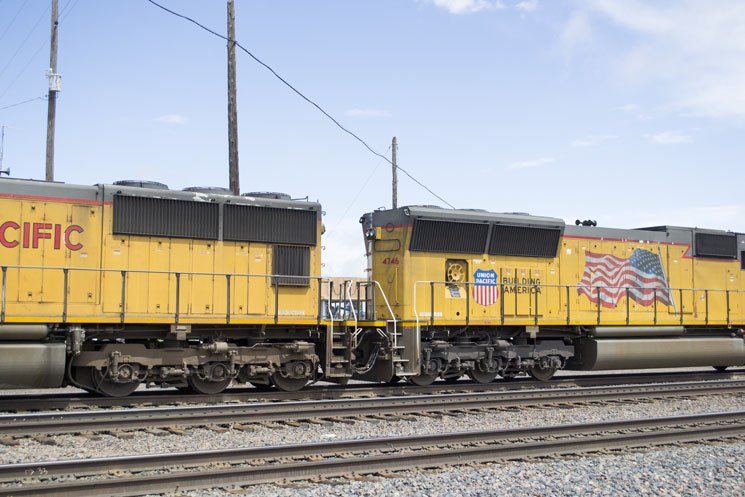
Wide-nose “Canadian” and “North American” cabs were introduced in 1989 to provide more protection and comfort for the crews. These cabs were similar in appearance, and both had angled roof corners similar to the earlier EMD cabs. Since either of these cabs could appear on any new locomotive, they tended to complicate the identification process.
Most builders prefer their own styles of 4- and 6-axle trucks, so the trucks provide good clues to the builders. However, be careful, as some railroads and builders recycle trucks and reuse them on new and rebuilt locomotives. The EMD units have smoothly rounded fuel tanks and many have air reservoirs tucked in along the tank top just below the running boards. Most of the GE fuel tanks have a boxy shape with straight upper sides and the lower third angled in toward the flat bottom.
Radiator air intakes are another good spotting detail, as EMD’s are generally long and narrow, mounted high on the hood sides at the rear. A row of rooftop fans pull the air in though the radiators and exhaust it upwards.
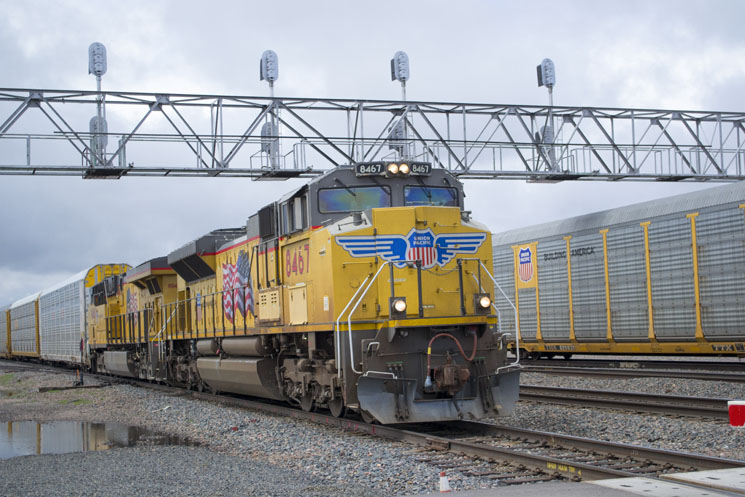
Both builders originally had flat radiators on both sides of the carbody. But, the recent increases in horsepower have required additional cooling capacity. EMD has started using radiators that flare outward from the body to gain more cooling capacity. About the same time, GE introduced its rectangular radiator “wings” that extend out over the running boards to also obtain greater cooling capacity.
While most of the characteristics I’ve discussed here will help identify the builder, finding out which specific locomotive a model represents may take some further research by checking the unit number in an internet search. The fact that locomotive builders may not give a new version a different designation further complicates the identification process.
Looking for more information on how to model modern diesel locomotives? Check out “Modeling Modern Freight Trains” from shop.trains.com! – Ed.







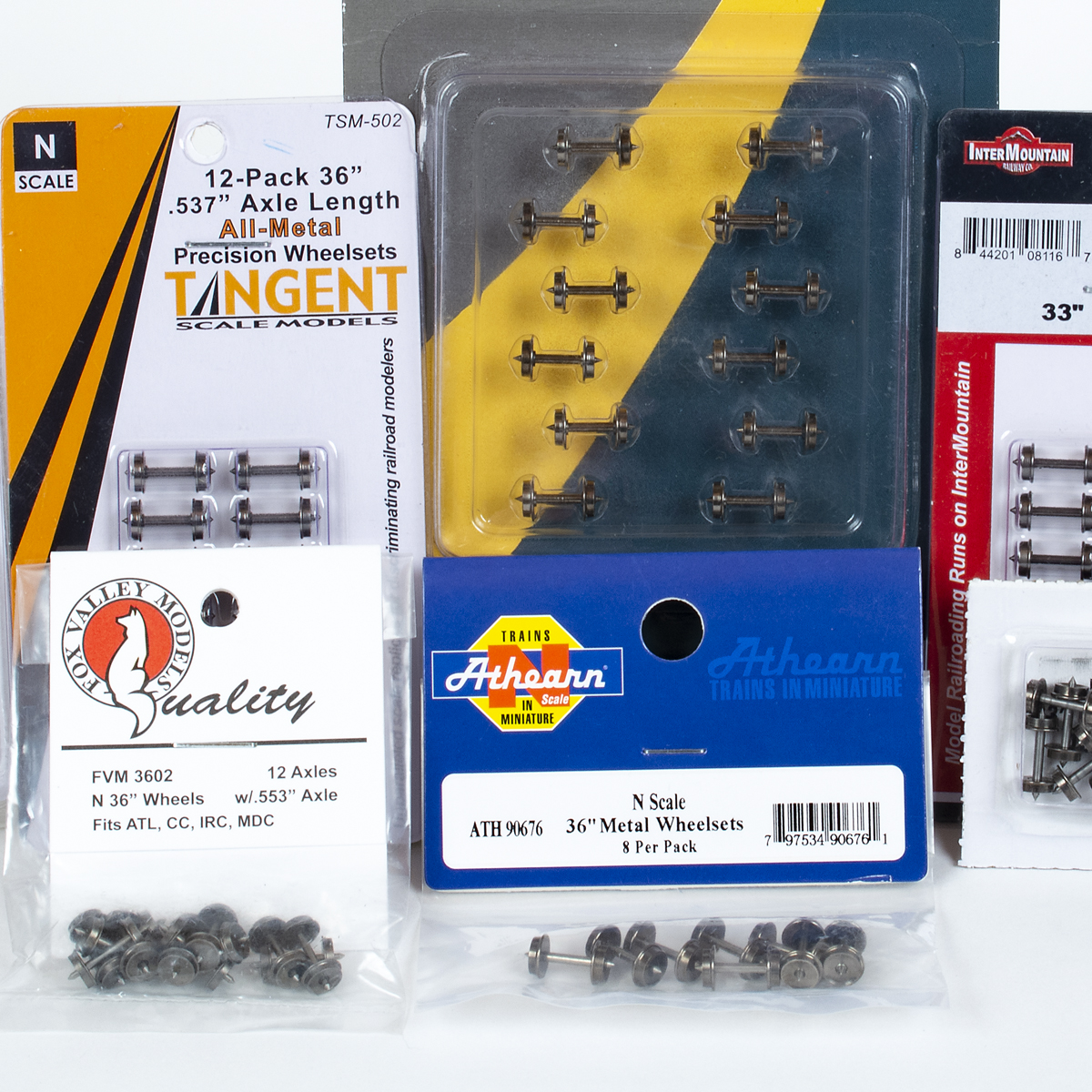
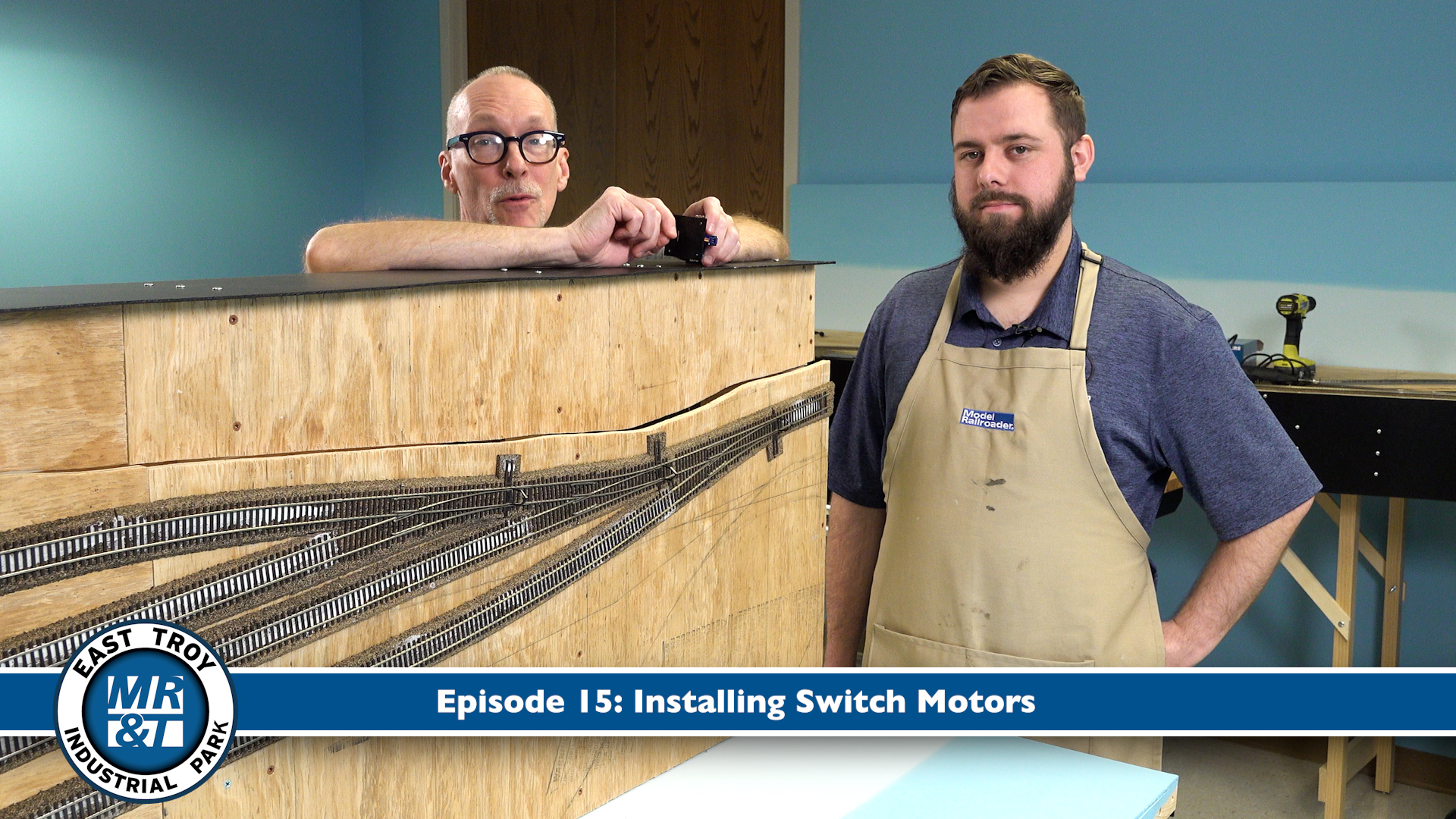
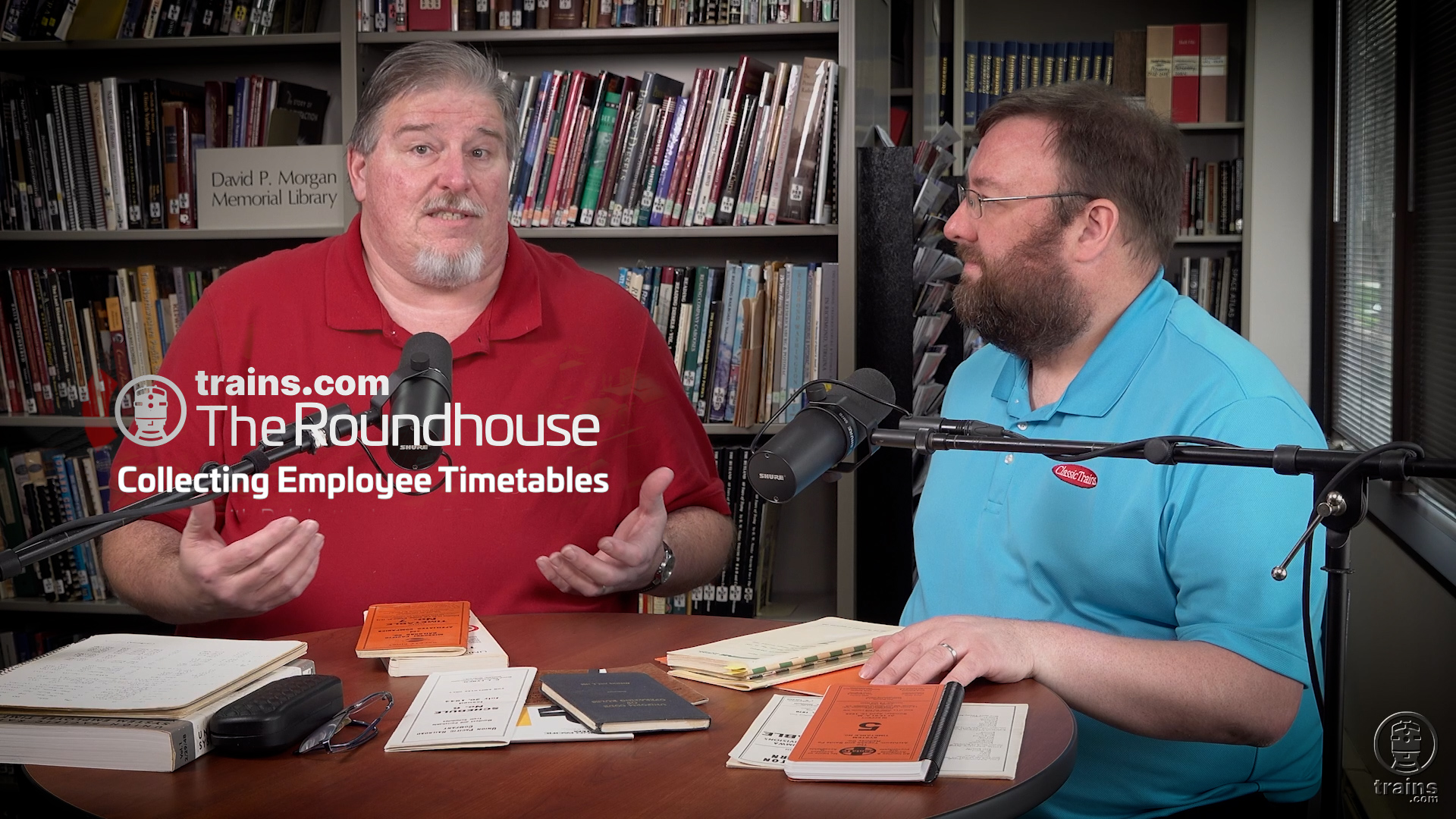




I’m just happy Jim Hediger still writes for us on occasion. Thanks Jim, hope retirement is treating you good!-Tom
Very welcomed info! Thanks guys!
Great info Jim. I have long been confused as they all seem to look alike to me. Now I know what to look for.
Thanks,